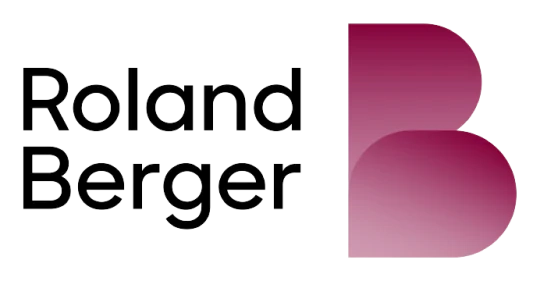Hi all,
I've been practicing some MS questions, and came across the following one: estimate the revenue of a Starbucks store.
Most answers on PrepLounge regarding this qn and other consulting websites focuses on the bottleneck which is considered to be the number of cashiers (usually 2 cashiers) or in some cases the number of seats. My idea is focusing on the person who crafts the customer drink (barista and usually there is 1 barista per store) as the bottleneck. Would this approach be valid ?
thanks
(edited)




